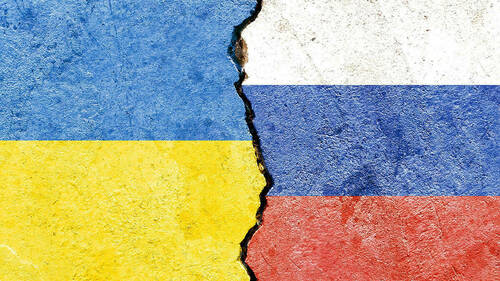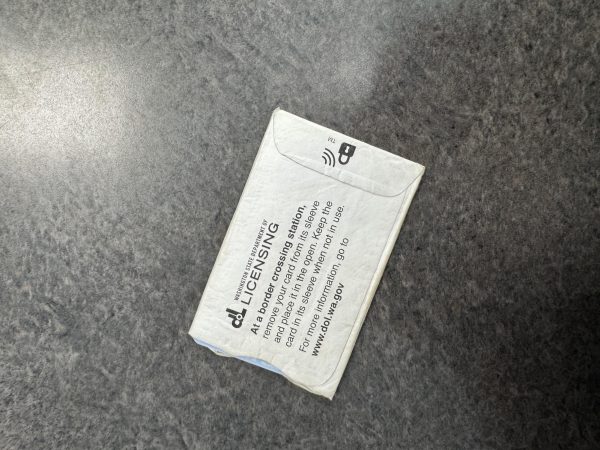The Full Breakdown of Russia’s Invasion in Ukraine
Important keywords for understanding this article:
NATO (The North Atlantic Treaty Organization) – An intergovernmental military alliance among 28 European countries and 2 North American countries.
The European Union – A unique economic and political union between 27 European countries.
Extremist – A person who holds extreme or fanatical political or religious views, especially one who resorts to or advocates extreme action.
Genocide – The deliberate killing of a large number of people from a particular nation or ethnic group with the aim of destroying that nation or group.
Demilitarization – The action of removing military forces from an area.
De-nazification – The process of bringing the leaders of the National Socialist regime in Germany to justice and of purging all elements of Nazism from public life.
On February 24th, 2022, we watched Russia begin the invasion of their neighboring country Ukraine, a European democracy of 44 million people. They launched their attack by land, air, and sea, quickly bombing city centers to make their way closer to the capital of the country, Kyiv. The death toll of innocent citizens continues to rise as this Russo-Ukrainian war continues on. We have all seen support for Ukraine by people from all around the world on media sources and social media. Most of us get the day by day updates through these platforms on what’s currently happening in Eastern Europe, but we are still questioning the motives behind the violence. We are asking – Why has Vladimir Putin launched an attack on the seemingly peaceful country of Ukraine?
Although this answer seems like it should be quite simple – ultimately it’s not. This conflict has been slowly simmering over the course of thirteen years and finally boiled over just last month.
Russia has long resisted Ukraine’s move towards the European Union and the West’s defensive military alliance, NATO. Going all the way back to early April of 2008, NATO debated over reaching out to Ukraine with a Membership Action Plan. Putin made his opposition to the Ukrainian membership with NATO clear, allegedly saying that Ukraine is “not even a real nation-state.” Announcing Russia’s invasion last month, he accused NATO of threatening “our historic future as a nation”.
Ukraine worked hard to become a part of the European Union after being denied by NATO. Just as they were making success towards this goal, President Viktor Yanukovych was elected president and began to orient Ukraine towards Russia. His rule sparked outrage protests around the country and ultimately caused 130 civilian deaths and Yanukovych to flee to Russia. Putin has frequently accused Ukraine of being taken over by extremists since this pro-Russian president. As a form of retaliation, Russia seized the southern region of Crimea, a Ukrainian peninsula with a predominant Russian population.
All of these moves made by Russia have been considered to be small acts of war, since Ukraine is no longer a part of Russia. They wanted to be seen as strong and independent but president Putin has always made it hard to do so, creating friction between the two countries.
A start of a new legacy appeared in April of 2019, when current Ukrainian president, Volodymyr Zelenskyy was elected into office. His campaign promised an end to the war with Russia and rooting corruption out of the Ukrainian government. Ever since Zelenskyy has been president, Putin has had increasing suspicion of his rule. The ultimate goal of Vladimir Putin with his invasion of Ukraine is uprooted in this suspicion. He claimed that his goal was to protect people subject to bullying and genocide and aim for the “demilitarization and de-Nazification” of Ukraine. As of now, there has been no reported genocide in Ukraine. In fact, it is a vibrant democracy and led by a president who is Jewish. People claim that this is why he has so much hatred towards Ukraine and Volodymyr Zelenskyy.
For months, Vladimir Putin repeatedly denied that he would attack his neighbor country, as more troops and war machinery were being deployed to the borders of Ukraine in the later part of 2021. In a TV address on February 24th, President Putin said that Russia could not feel “safe, develop, and exist” because of what he claimed was a constant threat from modern Ukraine. Immediately after this address, the tanks began rolling in and attacks were being made from three different sides of the country.
Although the bombardment continues, Putin’s overall plan for this war has begun to water down in the past few weeks. Reports from recent peace talks have said that Russia is no longer planning to overthrow the Ukrainian government, but aiming for a neutral Ukraine. Russia’s leader has said that Ukraine and Russia are one people, therefore he is still continuing to fight against their membership with NATO.
At this point in the war there have been negotiations, but none successful enough to halt the violence. Vladimir Putin has been accused of “shattering the peace” in Europe and committing multiple war crimes over the past few weeks. As of now, the death toll has risen to tens of thousands of lives from both countries. There may never be a simple answer for why this war has started, ultimately because war is complicated, messy, and unfair but we can only hope for these peaceful countries to return back to normal, sooner than later.









